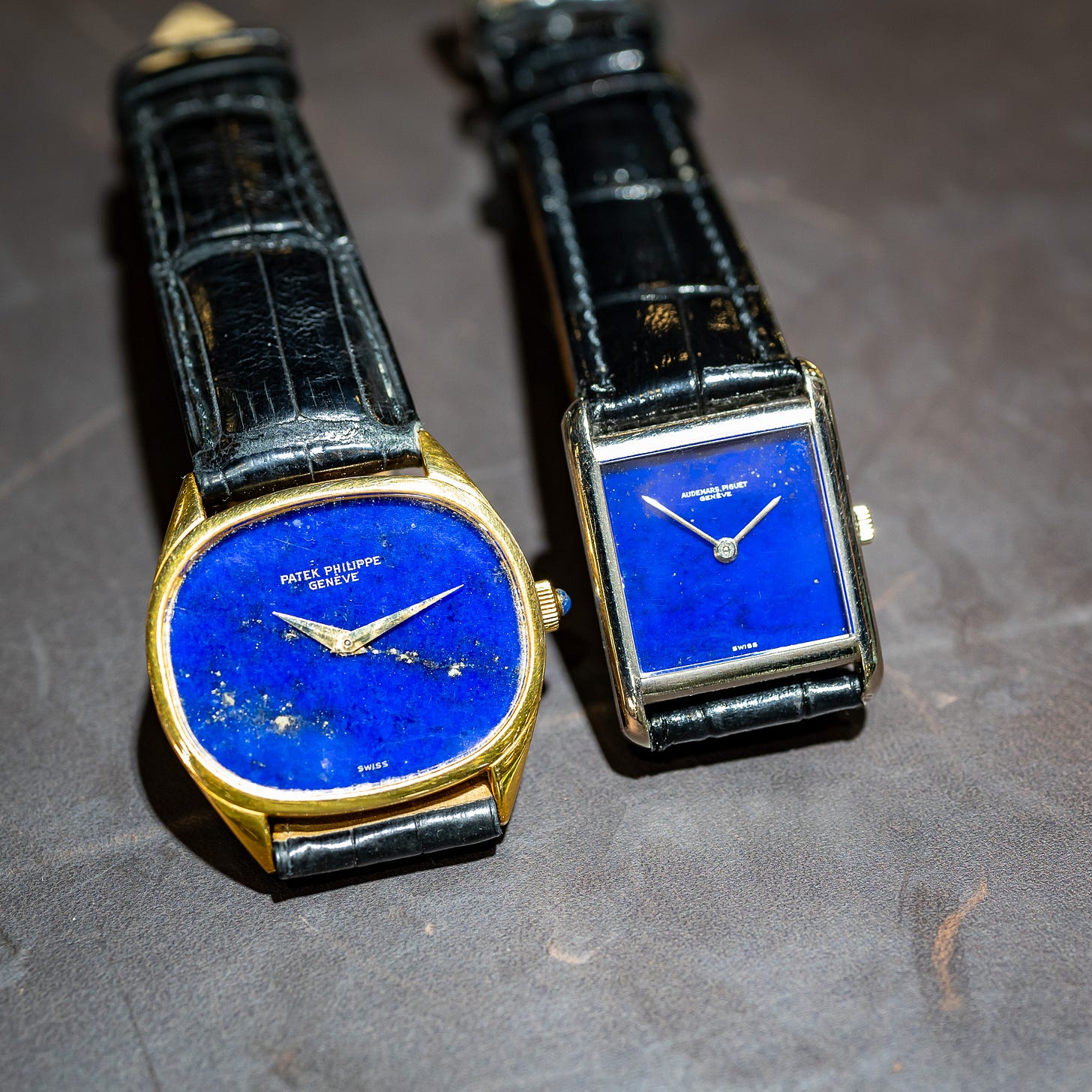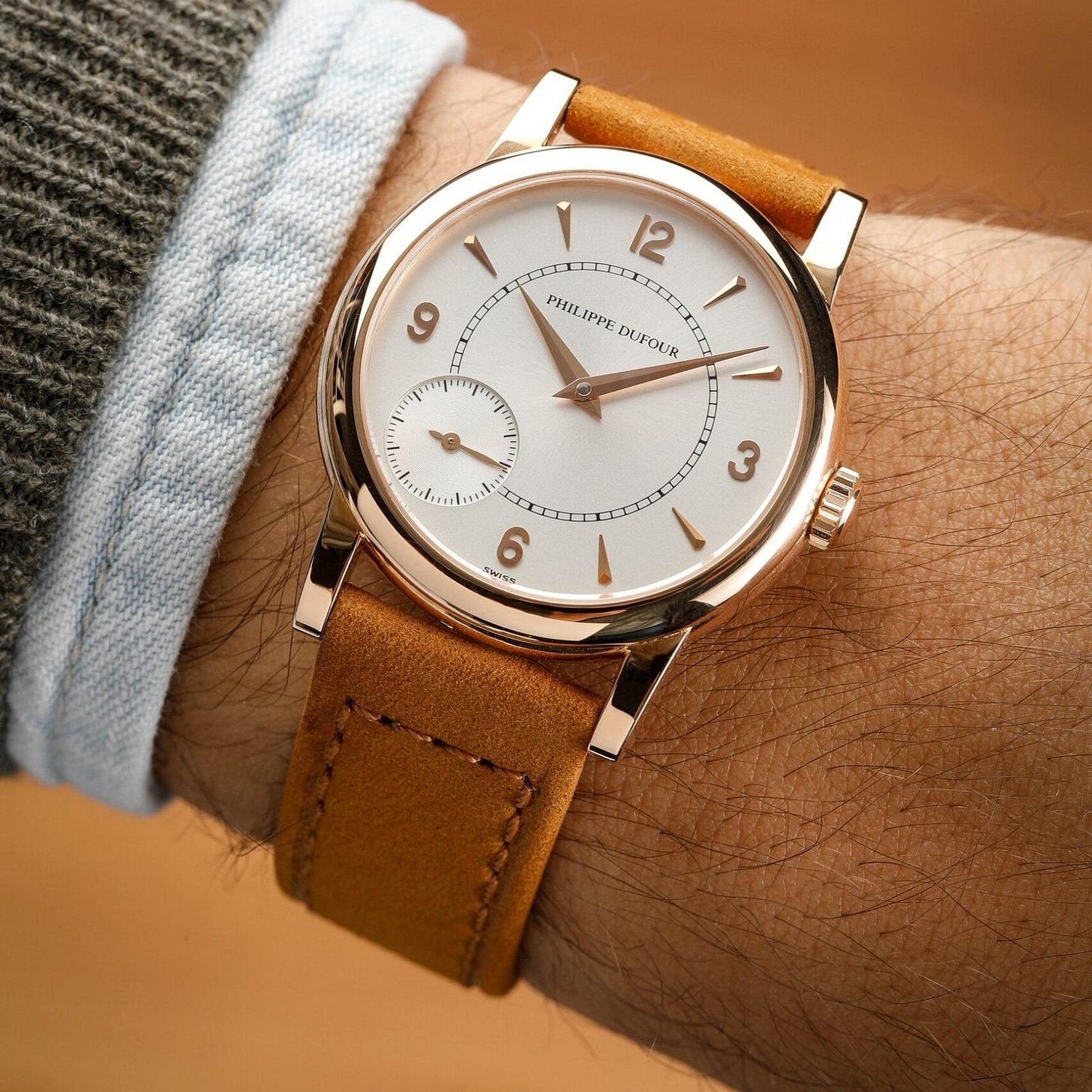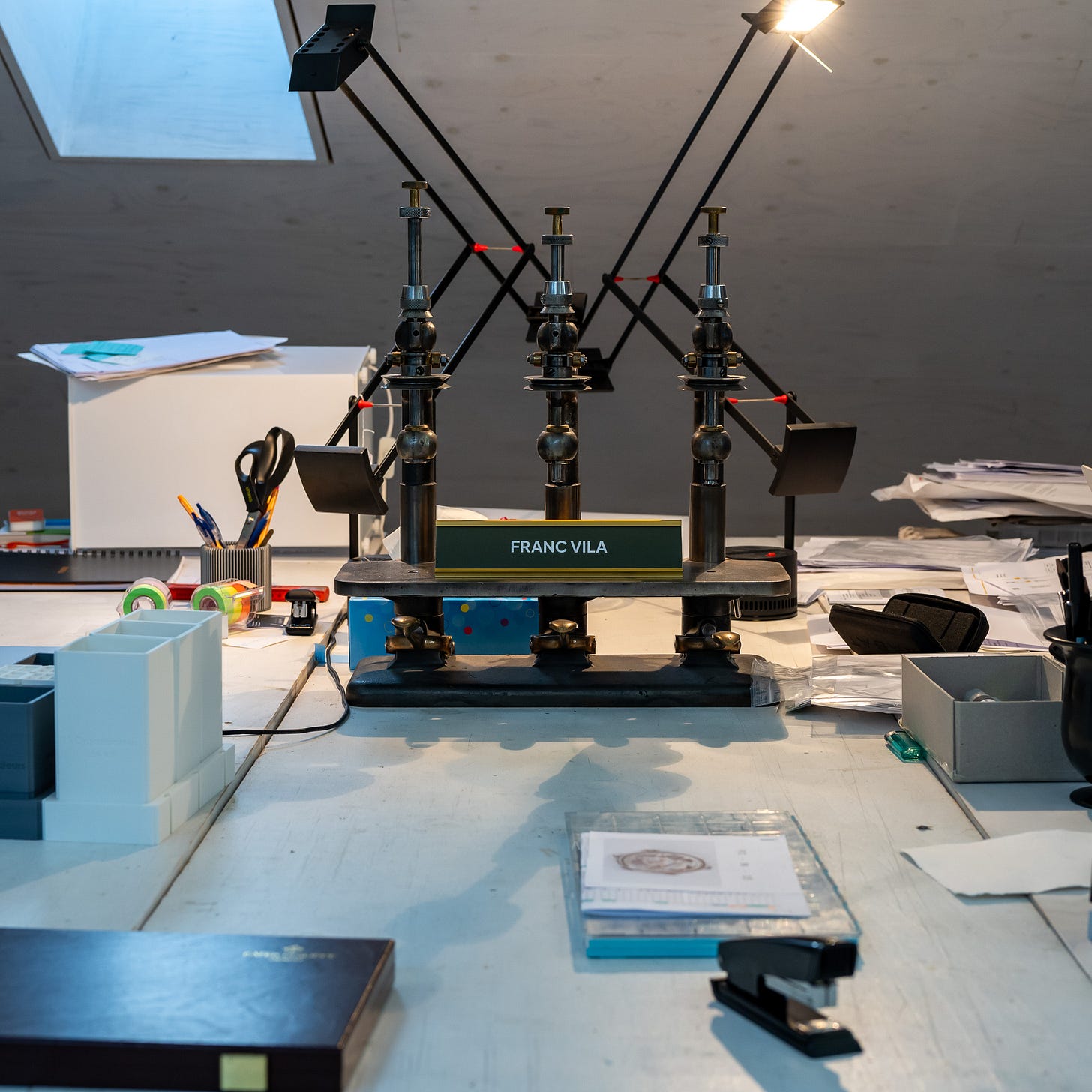Watches Keep Getting Better. It Might Also Be Their Biggest Problem.
As technology democratizes watches, luxury brands face new challenges in defining their value
Good morning. Rolex, Swatch Group (led by Omega), Hermès, Lange, and more are raising prices in the U.S. Retailers and ADs seem…oddly eager to be telling us this? Still a few days to buy! In today’s newsletter:
Watches keep getting better—is that a problem?
A famous aviator’s Rolex GMT-Master snuck to auction last week
Looking closer at a pair of Cartier London Tanks coming up for sale this week
Subscribers have full access to the Unpolished archive online.
Watches have gotten better over the past decade. Sometimes, we shove our heads so far up our collective screw-down crowns we forget—these are technically better objects. It’s why we get so mad when brands fumble the basics or compromise on quality in pursuit of pesky modern concerns like efficiency or profit.
As someone who spends most of his time thinking about how cool vintage watches are,1 it struck me when Collective Horology mentioned this during a recent podcast. They quickly moved on; I couldn’t.
To understand how cases, bracelets, dials, and movements are improving, I called up Asher Rapkin, co-founder of Collective Horology. But our conversation also raised a deeper question: Could all this improvement actually undermine what makes watches special?
I. Computer-aided chronometry
We could, I suppose, say computers or technology and be done. Computer-aided design (CAD) and CNC machines have proliferated over the past few decades, making what would’ve been unimaginable seem routine.
Thirty years ago, this tech was limited to places like Switzerland or Japan, and master watchmakers like Philippe Dufour, who has recounted buying an early computer—a “small fortune”—to teach himself CAD.
“I had seen some demonstrations that scared me at first, and that later attracted my curiosity and interest,” Philippe Dufour on CAD.
“The fundamental thing that’s changed everything is the global supply chain and the development of skill across the world,” Asher said. “The proliferation of material, knowledge, and skill has opened up the floodgates.”
That’s good and bad. Let’s talk about the good first.
“From an enthusiast’s point of view, it’s great,” Asher says. It means more new and independent brands. Anyone with an idea can hire a broker to find suppliers in Switzerland, Hong Kong, or China to make a nice watch. These improvements are perhaps most noticeable in affordable watches. Nowadays, you can buy a San Martin that looks and feels kinda like a Sub for a few hundred bucks, to say nothing of “super clones.”
II. Case study
To make a watch, you need metal. Over the past few decades, metals and alloys have become more widely available across the world.
One example: China produced a negligible amount of the world’s crude steel in the 1990s. Today, it makes about 60 percent.
But materials alone do not make a watch. Machining and shaping that into a watch is another challenge entirely.
“The accessibility of alloys, the skill set [labor] to machine them, and the actual machines aren’t limited to Switzerland or Japan anymore,” Asher said.
Skills and machines have also spread to lower-cost manufacturing hubs, allowing smaller-scale and more affordable production. Materials like 904L stainless steel or ceramic, once limited to brands like Rolex, can now be found on sub-$1,000 watches.
Of course, not every new material experiment hits. Take Omega’s “bronze gold,” an alloy that’s just 37.5% gold (9K), yet has a retail price of $27,300 on a bracelet.
As Asher put it: “a triumph of marketing.”
III. Strapped up
“We’ve seen the most improvement across the board in bracelets over the past 10 years,” Asher said. It used to be that if you wanted a solid metal bracelet, the classic Swiss brands were your options—Rolex, Tudor, Omega.
But we consumers kept demanding more bracelets. This year’s releases show how far we’ve come. That 1908 bracelet from Rolex is particularly impressive (even if a 20mm gold bracelet with no taper is a lot of gold).
Over the years, some brands started outsourcing the production of certain components like bracelets. Other parts of the world got good at making them—efficiently, too. Now, you don’t have to go to a large brand for a good bracelet:
The Armoury offers custom gold bracelets for $22,000. Made in Hong Kong, they’re about half the price of Cartier bracelets. And they’re great.
Affordable brands like Christopher Ward offer increasingly accessible ($85) rubber straps. There are high upfront costs for a rubber-strap mold, but they’re coming down.
More suppliers means more variety. “A few years ago, products were homogeneous, and it seemed like everyone was using the same suppliers,” Asher said. Sure, some tropes are familiar—a certain beads-of-rice style bracelet seems ubiquitous —but there’s a wider range than ever.
I love an old folded-link Oyster bracelet with a stamped clasp as much as the next guy, but they rarely perform like today’s bracelets.
IV. Dialing in

The rapid spread of stone dials over the past couple of years, from high-end brands like Rolex or Biver to a $200 Timex, shows how dials are improving.
At first, it was: Look at this Tiger’s Eye dial, isn’t that cool?
If you were using an exotic material, that was enough. But as stones, and even applying finishes to stones, became more common, “now, you have to tell a story instead of just having rarity for its own sake,” Asher says. Rarity is overrated!
The bloat of the industry from the last few years also means suppliers are more willing to work with smaller clients, something I mentioned in my Geneva dispatch. Maybe a supplier developed that technique for large clients, but they’ll take any orders they can get now.
V. And yet it moves
While off-the-shelf movements continue to become more accurate, what’s more interesting, as Asher points out, is the more complicated stuff:
“Sellita is making a monopusher chronograph movement now. That just wasn’t a thing before—and it’s awesome. It’s enabled an entire ecosystem of watches that wouldn’t have existed before.”
Sellita also continues to make smaller improvements, like fixing the slight wobble its GMT hands used to have.
Meanwhile, let’s not forget that two of the biggest Swiss watchmakers have industrialized new escapements in the past 25 years. Movements keep getting better—and more accessible.
VI. Yea, but what is ‘better’?
Recently, Chinese manufacturers have been going viral on TikTok by pitching American consumers on buying luxury goods direct, claiming they’re the same as products from brands like Hermès, Lululemon, and Louis Vuitton.
Like any other TikTok trend, it’ll disappear as quickly as a chronograph reset, but it cuts to something deeper: What are these luxury watches actually worth?
Keep reading with a 7-day free trial
Subscribe to Unpolished Watches to keep reading this post and get 7 days of free access to the full post archives.






